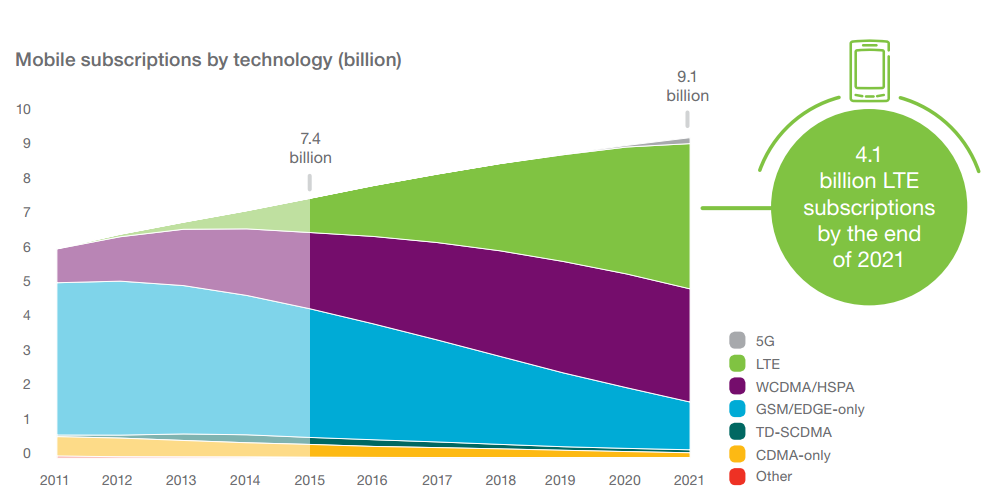 Shyam Mardikar, chief technology officer (CTO) – mobile networks at Bharti Airtel, said Indian telecom operators will have some 5G mobile presence by 2020.
Shyam Mardikar, chief technology officer (CTO) – mobile networks at Bharti Airtel, said Indian telecom operators will have some 5G mobile presence by 2020.
Speaking on the sidelines of Convergence India 2017 expo, Shyam Mardikar told TelecomLead.com: “Indian operators will have some presence in 5G mobile.”
The Airtel CTO did not elaborate on the nature of 5G presence. Some of the Indian telecom operators are keen to take a lead in the 5G roll out as and when standards are ready for finalization and device makers are ready for the next level for growth in mobile Internet segment.
The statement from Airtel CTO assumes significance because Indian telecom regulator TRAI (Telecom Regulatory Authority of India) are yet to start any formal discussion on the 5G business opportunities for Indian mobile operators. Both US and UK regulators are well ahead of other countries in their 5G plans.
Shyam P Mardikar, a veteran in the Indian telecom industry, said Indian telecom network operators need not to make huge investments in 5G networks because most of the existing network operators can roll out 5G services by making incremental increase in the software-defined (SDN) networks to support their 5G strategy.
Indian telecom operators such as Bharti Airtel, Vodafone, Idea Cellular, Reliance Jio, among others, are currently rolling out 4G networks across the country. Bharti Airtel, Vodafone and Idea Cellular are in the process of monetizing from their 3G investment in spectrum. Content is one of their key strategies to monetize from both 3G and 4G.
Shyam Mardikar, attending one of the panel discussions at the telecom event said that the mobile services industry witnessed three Vs in the past 2 decades. First, Indian mobile subscribers (currently 900 million plus) got Voice in the first decade of telecom revolution. Second, mobile users started gaining from Video. Third V will be about Virtual reality that will be supported by 5G mobile and will become a reality after 2020.
“Virtual reality will revolutionize the global telecom markets,” said Shyam Mardikar.
According to Cisco mobile visual networking index (VNI) forecast, VR traffic will grow 11-fold from 13.3 petabytes / month in 2016 to 140 petabytes/month in 2021. AR traffic will grow 7-fold between 2016 and 2021, from 3 petabytes / month in 2016 to 21 petabytes / month in 2021.
Cisco estimates there will be 929 million wearable devices globally, growing nearly threefold from 325 million in 2016. The number of wearable devices with embedded cellular connections will reach 69 million in number by 2021 — up from 11 million in 2016.
Availability of cost-effective spectrum is one of the main demands of Indian telecom operators to meet the demands of mobile Internet users.
The Indian telecom industry feels that 5G will boost revenue streams of mobile operators. 2020 is the time when global telecom operators – mainly from the US, Korea and Japan – are going to start rolling out 5G networks for adding revenue streams from both consumers and enterprises.
Cisco on 5G
Cisco and other industry experts anticipate large-scale deployments of 5G infrastructures to begin by 2020.
Mobile carriers need the innovative speed, low latency, and dynamic provisioning capabilities that 5G networks are expected to deliver to address increasing subscriber demands and new services trends across mobile, residential, and business markets.
A Cisco report forecasts that 5G will account for 1.5 percent of total mobile data traffic by 2021, and will generate 4.7 times more traffic than the average 4G connection and 10.7 times more traffic than the average 3G connection.
“With the proliferation of IoT, mobile video, augmented and virtual reality applications, and more innovative experiences for consumer and business users alike, 5G technology will have significant relevance not just for mobility but rather for networking as a whole,” said Doug Webster, vice president of service provider marketing at Cisco.





